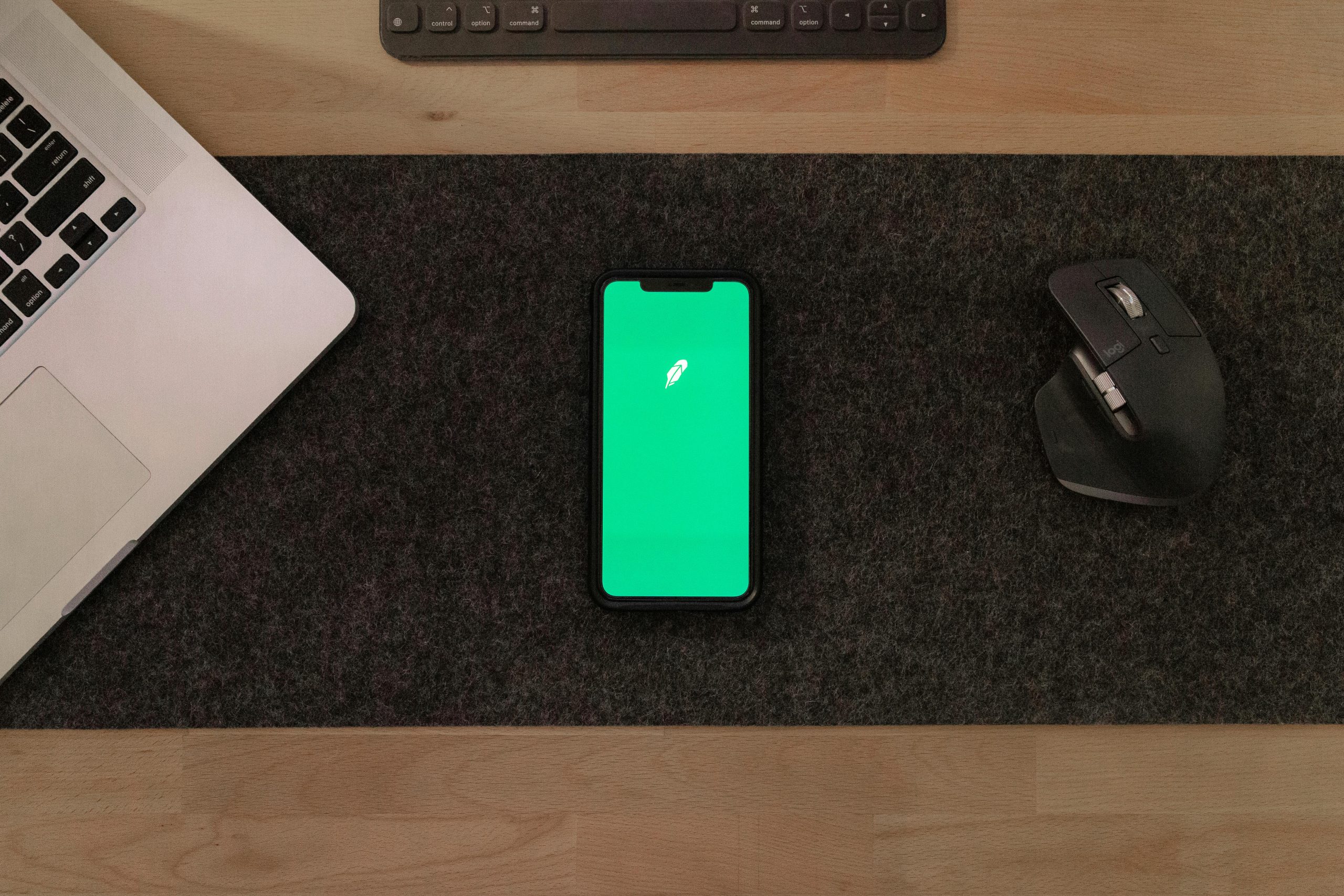Creating an Ultra-Efficient Electron Application with SvelteKit and GraphQL
Innovative Web App Development: Minimizing Resource Consumption Without Compromising Functionality
In the realm of desktop application development, Electron has become a popular choice due to its ability to leverage web technologies. However, many Electron-based apps tend to be resource-intensive, often consuming gigabytes of RAM and experiencing significant performance issues caused by frequent repaints and unnecessary rendering.
Recently, I developed a streamlined Electron application that challenges these norms by delivering a smooth user experience while maintaining a remarkably low memory footprint. The secret lies in targeted optimization and strategic technology choices.
Optimizing Performance Through Smart Rendering
The key to enhancing Electron app performance is reducing the frequency and complexity of repaints. By focusing on minimal DOM updates and limiting animations to transform and opacity properties, you can significantly decrease CPU usage. Enabling background throttling further conserves resources when the app is inactive, creating ample headroom for engaging features like 3D animations, sophisticated CSS effects such as glow effects on images and videos, all of which are nearly cost-free in terms of performance.
Why I Chose SvelteKit
While many developers rely on React or other frameworks within Electron, I opted for SvelteKit. Unlike React-based apps that can lock up hundreds of megabytes of RAM, SvelteKit produces highly optimized code with a smaller footprint. This choice ensures the app runs efficiently without draining system resources.
Technology Stack Overview
- TypeScript: Ensures robust, maintainable code with an extremely strict ESLint configuration, promoting code quality and consistency.
- GraphQL with urql and gql.tada: Facilitates offline caching, entity normalization, and enhances user experience even without an active internet connection.
- UI Components: Built using shadcn/svelte components for a sleek, modern interface.
Dedicated Processing and Inter-Process Communication
Most intensive tasks are handled within Electron’s utilityProcess, a specialized Node.js worker environment. This approach isolates heavy computations, maintaining responsiveness. Communication between processes uses sophisticated IPC mechanisms, ensuring smooth data flow and synchronization.
Advanced Features and Custom Components
The application boasts a suite of advanced functionalities, including a custom subtitle library, OpenGL shader-based video compression artifacts removal, and other innovative features. For media handling, custom processing techniques enhance visual quality while maintaining performance.
In Summary
Building an Electron app that is both performant and feature-rich is achievable through careful optimization, modern

